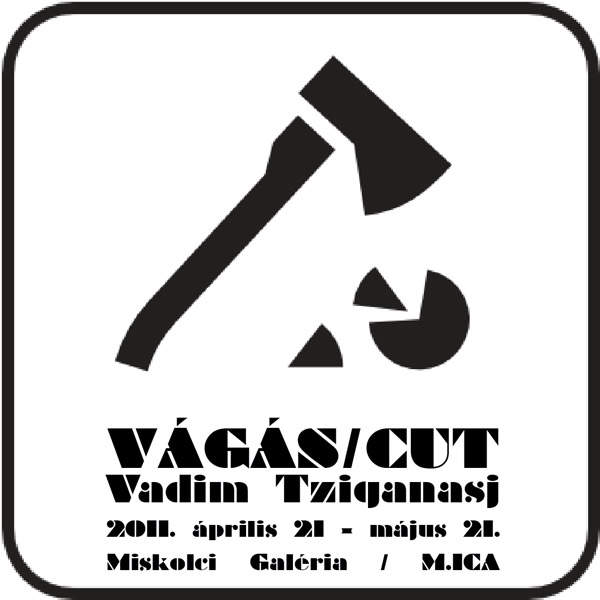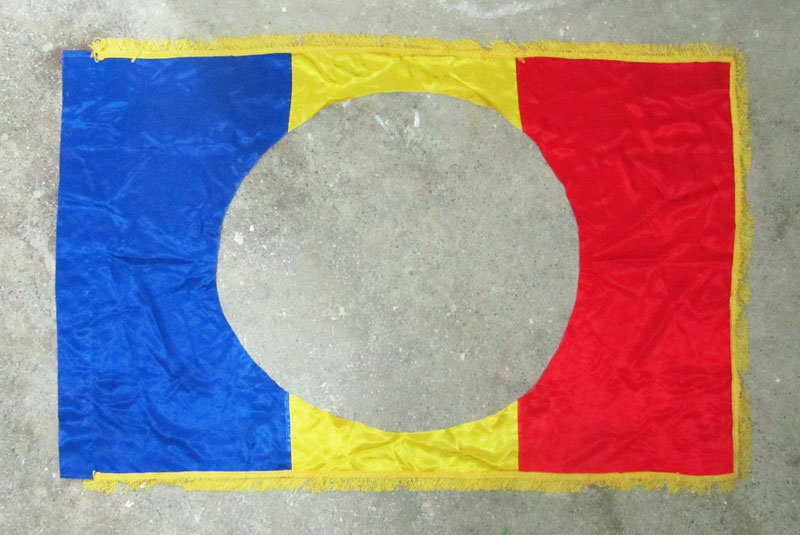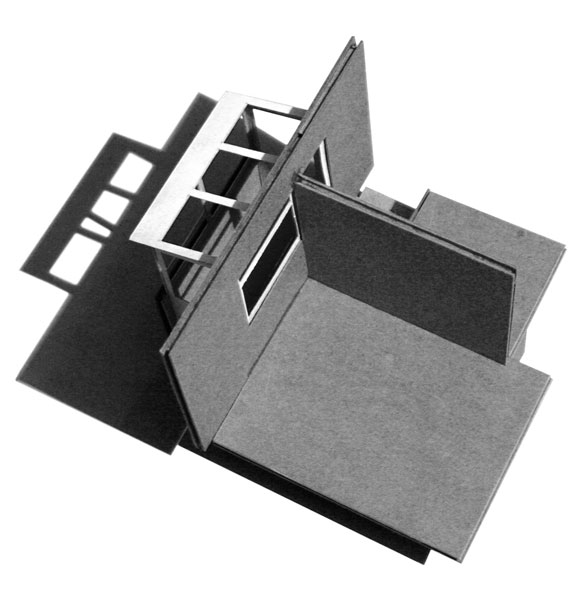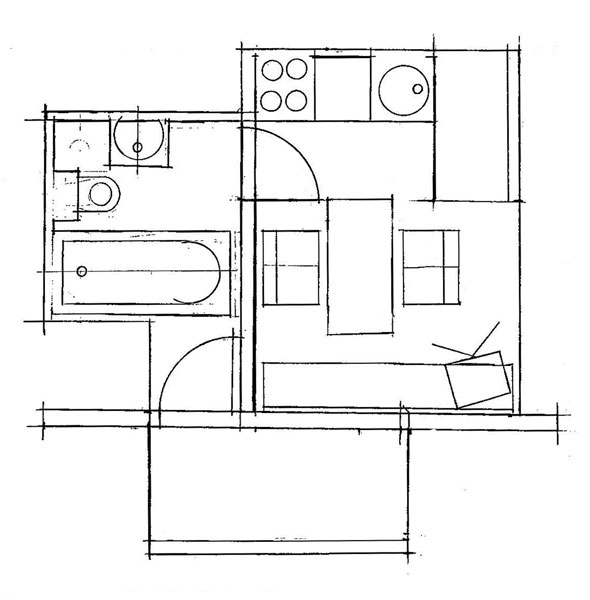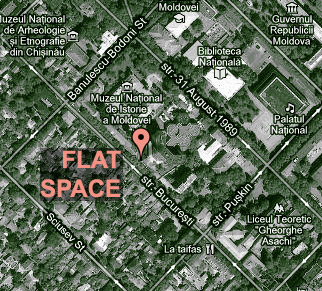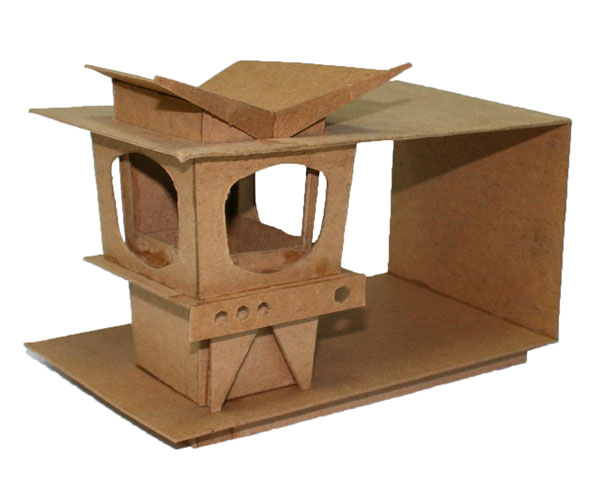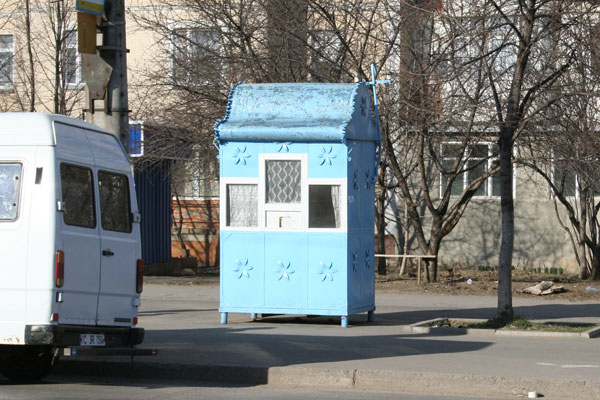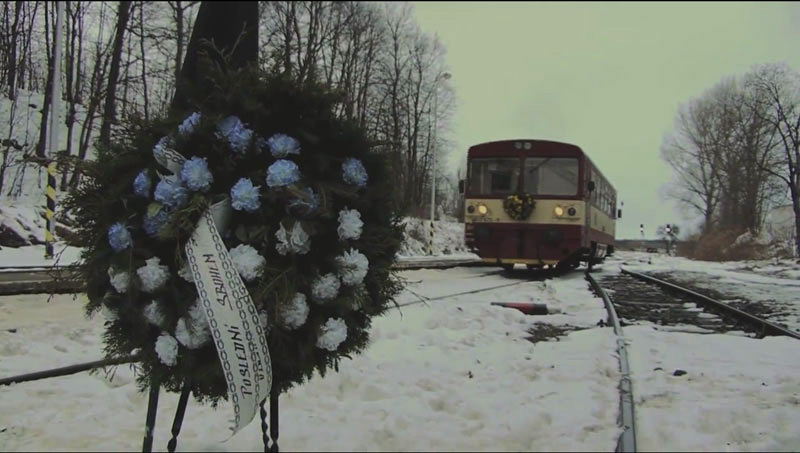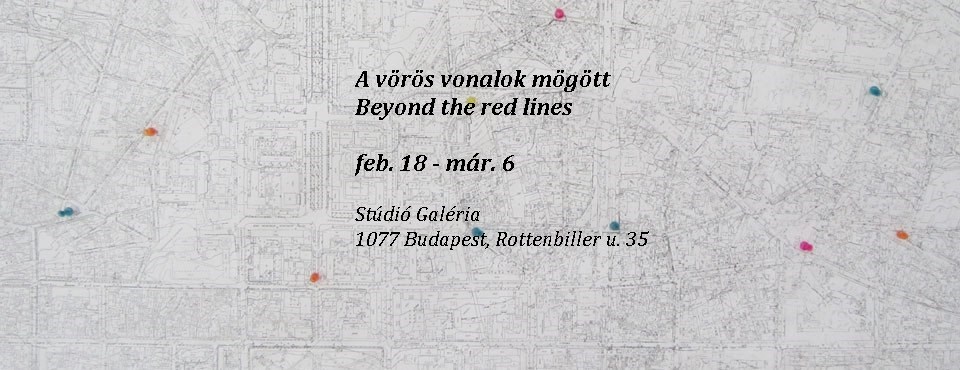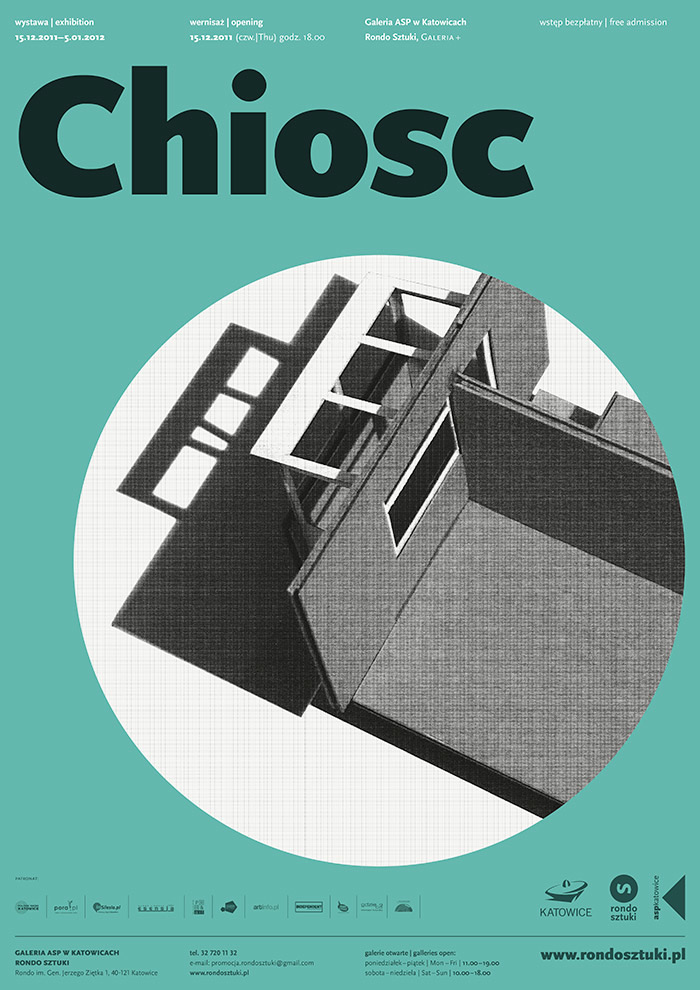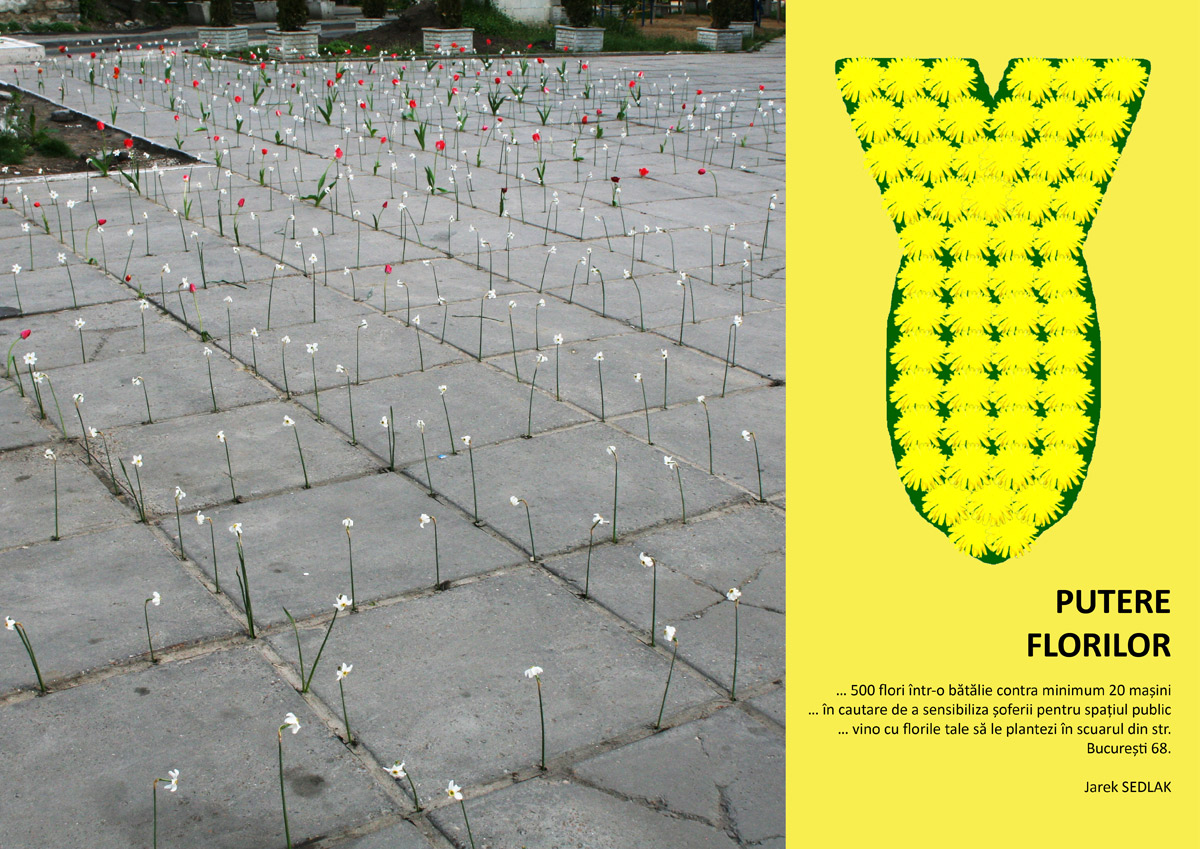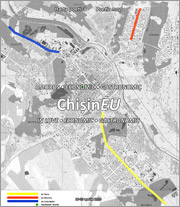Cut / Vágás by Vadim TZIGANASJ, exhibition at Miskolc Institute of Contemporary Art
M.ICA cordially invites you to the opening of Vadim Tziganasj‘s exhibition Cut / Vágás on April 21, 2011 at 4 p.m.
At 3 p.m. Vladimir Us, the curator of the exhibition will present their projects in Oberliht Association, Moldova, and introduce the exhibition.
In an era when cultural and social programs and activities are mostly concerned over issues and problems regarding urbanization processes, the unofficially stated movement called “rural revolution” grows throughout the world.
The Canadian magazine “The Landowner”, with its front cover statement “rural people, rural politics, rural business” exemplifies the general rural tendency of separation and independence from urban lifestyle and state policies. The growing awareness over the need to seek for ways to preserve ones’ identity, traditions, security and the fundamental principles of natural justice has forced villagers worldwide to protest against rascal legislations on privatization, forest management, indigenous rights and wildlife habitat.
Acting as a key aspect of rural life, the firewood cutting practice finds itself nowadays at the crossroads of historical imagery of man’s careness for family welfare, and a possible symbol of rural resistance against urbanization, escaped savagery, or poverty. It wouldn’t be wrong to presume that the firewood cutter is not far to become (unless it didn’t unofficially become already) a character to follow the state of the factory worker, or the miner, in this sense completing the list of characters that changed the public perception towards them as from a person engaged in a profession involving physical activity, to one of social and/or political activism. Sharp controversies upon turning forestry and wood production into a private business and therefore reducing public access to free collecting of savage wood drives debates, while general demand for firewood continues to increase.
The project aims to locate the firewood cutting practice at a point that links issues concerning the energy resources management and aspects regarding household and family routine.
Miskolc is known as a post-industrial town. Apart from the blocks of flats buildings on the sides of the main streets, it is a town mostly formed by districts of houses which, in fact, are carrying a rural-type identity, from more or less fancy ones to those inhabited by middle- and the low-class families. Firewood burning is an alternative method of warming. But with the forest management and wood stocking becoming more and more a private business, this forces the question: for how long?
The exhibition follows the artist’s research on urban warming in Miskolc in November/December 2010 and wants to open new discussion items in our concern to understand the different interpretations that define borders between what is “urban” and what is “rural” identity, common practices and collisions between them, as well as the problems that may affect their both way of development and alteration.
HU
– – – – -
Kedves Barátaink,
sok szertettel invitálunk Benneteket Vadim Tziganasj Vágás / Cut című kiállításának megnyitójára, április 21-én 16 órára a Miskolci Galéria vízuM kiállítótermébe. A kiállítás kurátora, Vladimir Us 15 órától prezentációt és tárlatvezetést tart a kiállításhoz kapcsolódóan.
Mindenkit sok szeretettel várunk!
M.ICA
Vadim Tziganasj a városi urbanizáció kérdéseit feszegeti az 1 hónapos rezidenciaprogramot követő kiállításában. A “rurális revolúció” néven terjedő világ körüli mozgalom (olyan hívószavakkal, mint identitás, tradíció, biztonság, természetvédelem, privatizáció, erdőgazdálkodás, bennszülött jogok, vadgazdálkodás) a városi életmódtól és állami közművektől való eltávolodást és függetlenedést helyezi tevékenysége központjába.
A művész a “revolúció” tükrében vizsgálja a lokális jelenségeket: a széles spektrumú tevékenységekből a favágást és tüzifa-gazdálkodás gyakorlatát kiemelve, mint a férfi-családfenntartó szerep szimbólumát és a vidéki életmód jellegzetességét, vagy mint az elszegényesedési folyamat jeleit. Tziganasj helyi favágókkal, erdőgazdaságokban dolgozókkal megismerkedve fejti fel az erdő és energiagazdálkodás helyi problémáit, energiafelhasználást párhuzamba állítva a háztartási rutinnal, a városi fűtési és fafelhasználási gyakorlaton keresztül rákérdezve a “városi” és “vidéki” identitás határaira és szimbólumaira.

